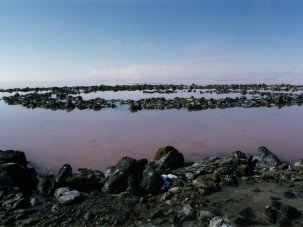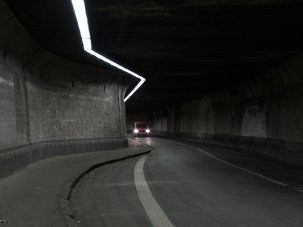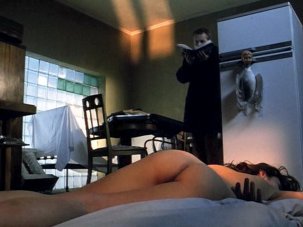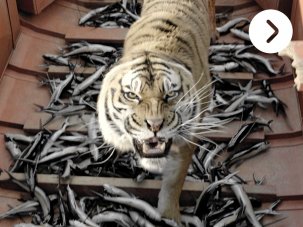Web exclusive

Bestiaire (2012)
Can there be an intrinsic politics to aesthetic and social detachment? Can movies examining the intricate facets of ascetic autonomy help us see beyond the old binaries of politics and nature, democracy and withdrawal? This question hovered over much of the work on offer at the 2014 Rencontres Internationales du Documentaire de Montréal (RIDM).
Rencontres Internationales du Documentaire de Montréal (Montreal International Documentary Festival)
12-23 November 2015 | Canada
Contrary to Toronto’s market-oriented – and relentlessly well-exposed – Hot Docs festival, RIDM has manifested an increasingly experimental inclination in recent years, challenging the aesthetic givens of the documentary form whilst still catering to the demands of the highly receptive and cinematically erudite local film community. The seventeenth edition included a retrospective dedicated to controversial Japanese filmmaker Hara Kazuo, and a strand titled Of Men and Beasts which – from Jean Painlevé’s at once scientific and surrealist experiments of the 1930s to Montréal-based filmmaker Denis Côté’s fixed-shot, measured-take 2012 short Bestiaire – challenged the assumption that the human point of view is prevalent and necessarily omnipotent in creating meaning.
Alongside this bestial retreat from (and, indeed, subtle critique of) the human subject’s position of omnipotence came an extensive meditation on social and political withdrawal into nature, courtesy of the indomitable Milwaukeean (turned Californian) artist James Benning. As a sidebar to a scattershot retrospective of the filmmaker’s oeuvre – works both new and old, celluloid and digital – came an extensive Benning lecture, focusing chiefly on his recent Two Cabins project.
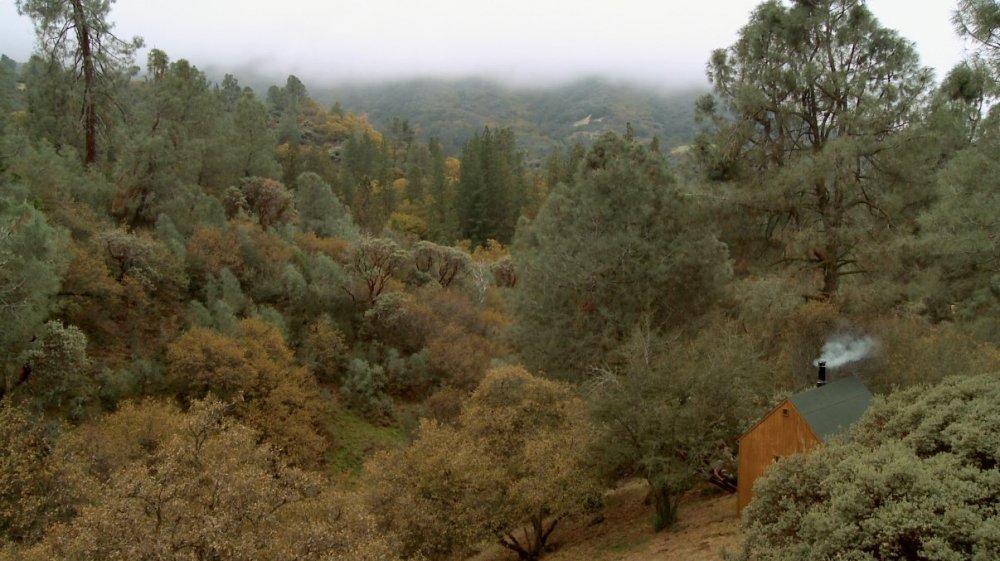
Stemple Pass (2012)
A little background; across the springs and summers of 2007 and 2008, Benning reconstructed the cabins of two renowned American solitaires, Henry David Thoreau and Ted ‘Unabomber’ Kaczynski, deep in the Sierra Nevada mountains. Two Cabins can be slotted into a deeply ingrained – and arguably more amorphous – project of Benning’s: a self proclaimed “addiction to construction” that began with a desire to place a mark on his original turnkey holding in the Sierras, then extended into a replication of the works of renowned folk artists – Bill Traylor, Mose Tolliver, Henry Darger and Martín Ramírez – before his “anxiety to create” led to the cabins’ realisation. Alongside the creation of the cabins themselves came several interrelated films: Two Cabins (2011), two fixed shots, each out of a cabin window; Data Entry (2014), a single take, examining Benning’s process of decoding passages of Kaczynski’s diaries; and Stemple Pass (2012), four fixed shots of the replica Kaczynski cabin from near-identical camera positions over four seasons.
The Two Cabins project holds close thematic and formal affinities to Benning’s 1984 work American Dreams: Lost and Found. Juxtaposition operated within that earlier work to counterpoint two cultural icons, baseball player and civil rights activist Henry Aaron and would-be Nixon assassin Arthur Bremer. Overlaying images of Aaron baseball cards with political speeches, popular music and text from Bremer’s diary painted a rich picture of the societal contradictions upon which Bremer’s grievances were built. Stemple Pass operates in a similar manner, contrasting shots of Benning’s Kaczynski cabin with passages from the Unabomber’s diaries, read by the filmmaker. The work burrows down in greater detail to examine the particular motivators behind Kaczynski’s desire for social autonomy.
Benning’s application of the hyperbolic long take – particularly prevalent within his latter digital work – has often led to his oeuvre being taxonomised under the banner of ‘slow cinema’. However, breaking beyond the rather systemic apolitical and ahistorical tendencies of such canonisation allows us to reassess what Benning aims to achieve with such protracted examinations of space. Within Stemple Pass there is arguably a more active political motivator for Benning’s aesthetic and formal choices. These protracted fixed shots offer a stylistic corollary to the politically motivated detachment that Kaczynski sought, whilst the elongated examination of the natural world that engulfs the Kaczynski cabin replica generates a peculiar sympathy for the Unabomber’s plight. The fact that Benning imbricates himself into the fabric of the film – reading extracts from the diaries – adds a self-reflexive examination of the filmmaker’s own desire for an autonomous existence, an ideological position that perhaps defines much of the filmmaker’s recent digital work.

Maidan (2014)
Sergei Loznitsa’s Maidan – examining the birth and progression of the protests in Kiev’s Maidan Nezalezhnosti (Independence Square) that ultimately overthrew Ukraine’s pro-Russian president Viktor Yanukovych – cultivates a similarly detached aesthetic approach towards its observations of the movements and organisation of both protestors and armed forces involved in the political uprising. Sidestepping the ‘in the midst’ handheld aesthetic typical of protest footage, Loznitsa’s formal approach allows us to appreciate the deep complexities of coordinating and executing such mass political activism. Examining the Maidan Nezalezhnosti for such protracted periods allows us to map out the square’s complex spatial configuration and more fully appreciate the precariousness of maintaining control over such constantly shifting battle-lines.
In contrast to these aesthetics of detachment, Ossama Mohammed and Wiam Simav Bedirxan’s Silvered Water, Syria Self-Portrait articulates the violent immersion in the Syrian revolution and the forced aesthetic distance of the exile. Unlike the deliberate isolationism of Benning’s work, the film is based on a filmed correspondence between two displaced subjectivities.
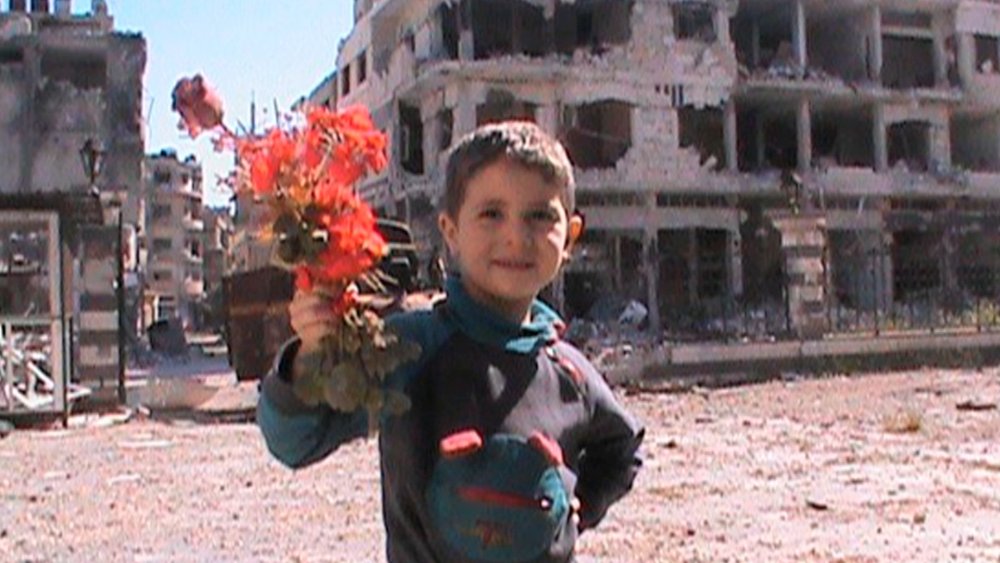
Silvered Water, Syria Self-portrait (2014)
The first, ex-school teacher Simav’s, finds itself in the destruction of the now unrecognisable city of Homs. Parisian exile Ossama’s images, on the other hand, are either those collected on YouTube depicting the fight at its most graphic, thereby showing his own powerlessness, or glimpses of Paris’s odd materiality. Silvered Water thus also offers a perfect twin to Maidan’s epic and almost institutional compositions by foregrounding the fragility of the shots and the vulnerabilities of the bodies and subjectivities ineluctably stuck in the war. Aesthetics of social detachment and revolutions ultimately ask a similar question: how can film help us think of our being political in the world?
In the March 2015 issue of Sight & Sound
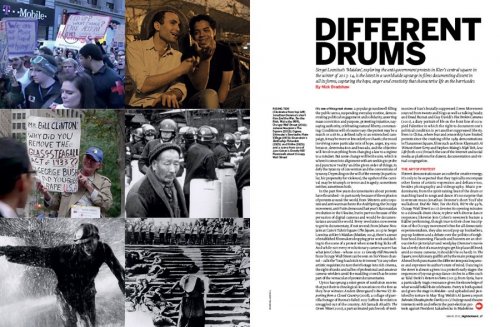
Different drums
Sergei Loznitsa’s Maidan, exploring the anti-government protests in Kiev’s central square in the winter of 2013-14, is the latest in a worldwide upsurge in films documenting dissent in all its forms, capturing the hope, anger and creativity that characterise life on the barricades. By Nick Bradshaw.
-
The Digital Edition and Archive quick link
Log in here to your digital edition and archive subscription, take a look at the packages on offer and buy a subscription.





